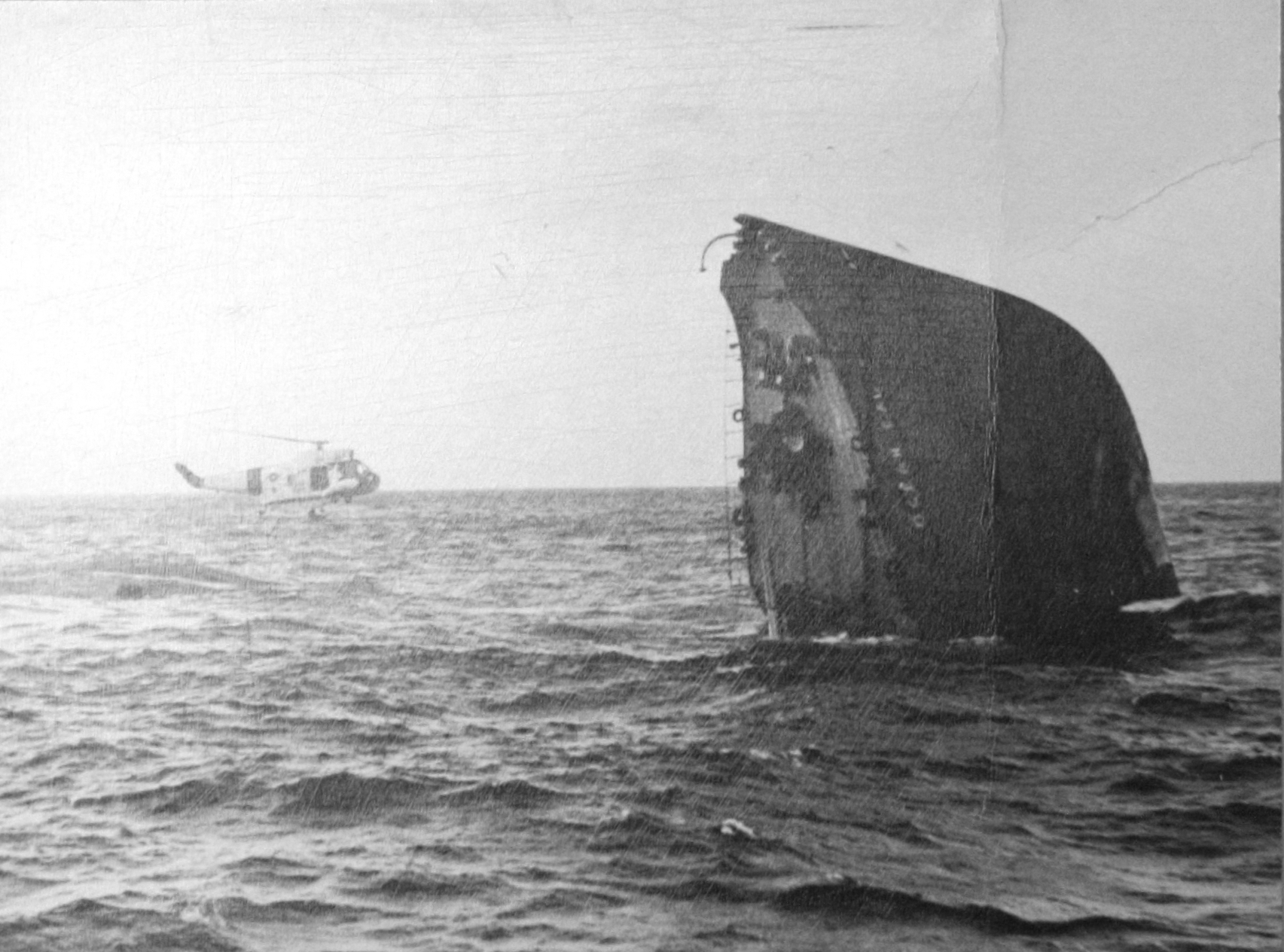under construction
u.s. maritime commission cadet corps 1942-1943
The early 1940s found the Atlantic School of the Maritime Commission Cadet Corps (USMC-CC) on the move. The first couple of cadets were installed at Fort Schuyler in The Bronx, home of the New York State Merchant Marine Academy. They were later asked to leave in April 1940 when the New York State Merchant Marine Academy Cadet Corps went on their annual cruise. The USMC-CC sojourned at Admiral Billard Academy by the Sea in New London, Connecticut until their return to Fort Schulyer in September of the same year. By 1941’s close, space at Fort Schuyler was exhausted: in 1941, the United States Navy inaugurated a Naval School of Indoctrination for Reserve Officers with an enrollment of 150, and despite the USMC-CC numbers set at 100, they actually reached 170. Since beds were capped at 300; the Maritime Commission cadets – headed by Commander John F. Wilson – were asked to leave. By this point, the “schools” truly were schools and not receiving stations; cadets were being taught the basics of signaling, lifeboat handling, and military subjects as opposed to simple processing stations. Thus, on 24 January 1942, USMC-CC once again left Fort Schuyler and installed itself across Long Island Sound at the Chrysler Estate at Kings Point. N.Y.S.M.A.’s superintendent – James Harvey Tomb – joined them soon thereafter few a months after their encampment. [n.b. N.Y.S.M.M.A. became New York State Maritime Academy (N.Y.S.M.A.) in November 1941 per Maritime Commission rules on state school name standardization].
While awaiting the purchase of the Crysler Estate to be formalized, the Cadet Corps’ administration published and put into effect regulations for an expanded Cadet Corps on January 1942; these regulations moved beyond the visual lexicon shared with N.Y.S.M.A. and entered the USMC-CC into using military terminology to describe itself and its constituent parts. In a matter of months, the Cadet Corps’ organization superficially resembled Annapolis in its regimentation and military hierarchy. Below are detailed insignia items and their function within the USMC-CC Cadet program and Cadet Officer program.
☆ ☆ ☆
Caps & Cap Devices

Cadet Cap, 1942 
Cadet Cap Badge, 1942
As in previous years, Deck and Engineering cadets wore a combination cap with a woven anchor as a cap badge. The anchor on the cadet cap badge is an element taken from the Cadet Corps training cadre’s cap badge; the same anchor was abstracted as a program identifier as indicated below.

Cadet Officer Cap, 1942 
Cadet Officer Cap Badge, 1942
Cadet Officers are noted in 1942 as wearing a combination cap with a visor; the cap band is of “lustrous black mohair braid.” The cap badge, despite the illustration from the regulations above suggesting it is on a pad affixed to the band, it was specified:

Or, the cap badge is sewn onto the band, making it an integral device. The Cadet Officer cap badge is exactly the same as that as the training cadre; the chin strap is also the 1/2″ width of an officer aboard ship.
Aviation Cadet or Garrison Cap

pennsylvannia maritime academy at kings point, spring 1942-september 1942
In the Spring of 1942, all cadets from the Pennsylvania Maritime Academy were transferred to Kings Point. The following insignia were issued to deck cadets which they brought along with them to the newly-established U.S. Merchant Marine Academy at Kings Point.
Above are insignia worn by cadets during their brief sojourn at Kings Point. The cap badge is of the USMCC-type; the anchor cuff device and anchor on shoulder boards are those of a deck cadet. The boards were often passed down from cadet to cadet; note the pre-1941 should board snap buttons.





